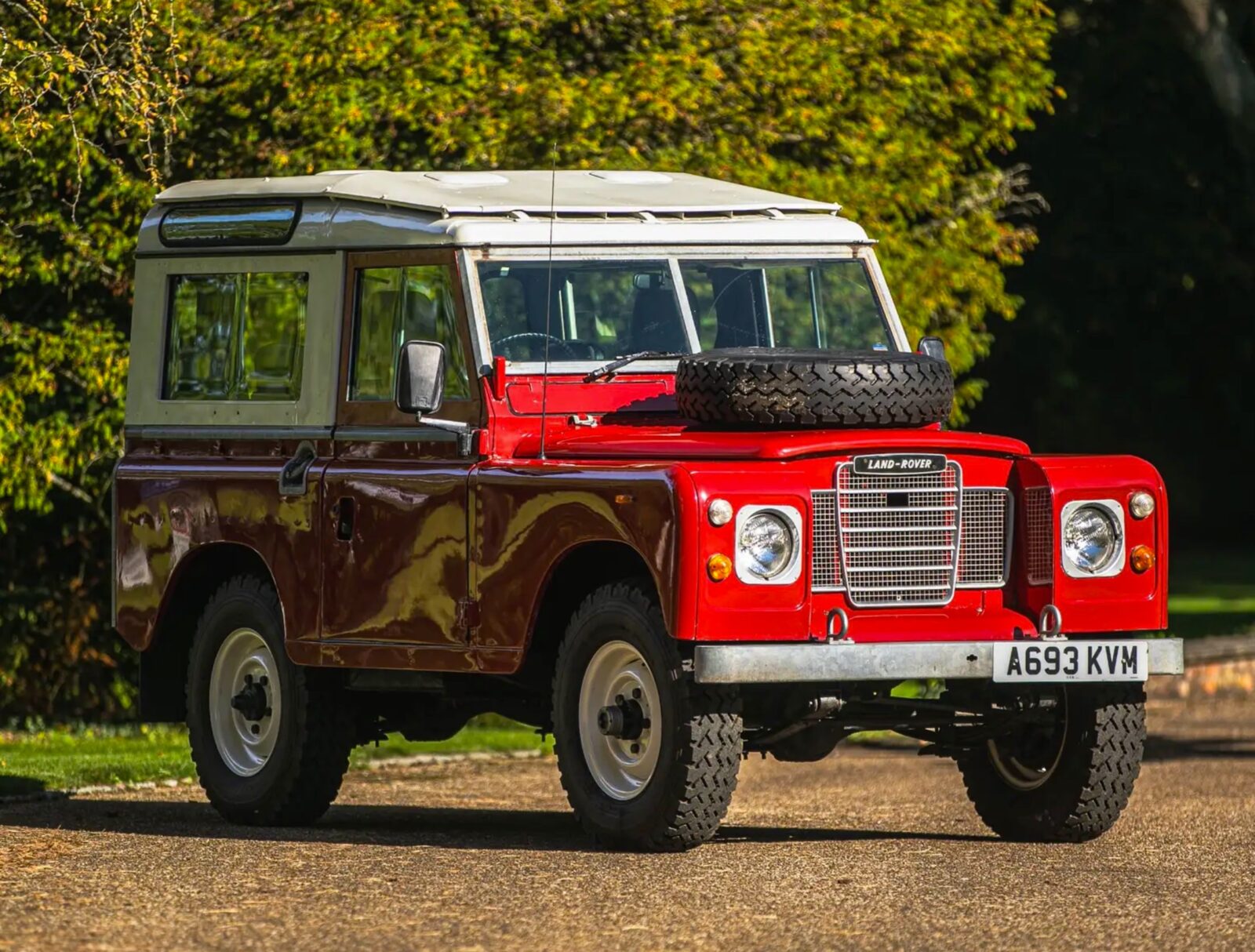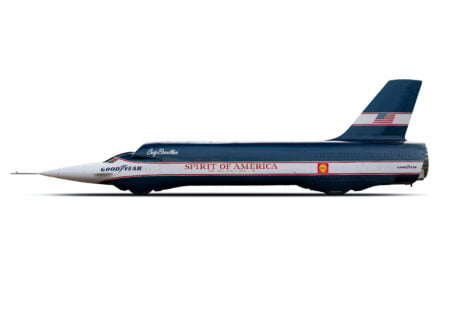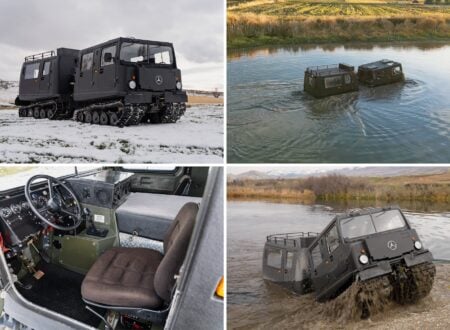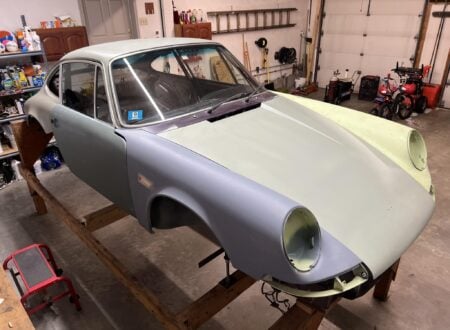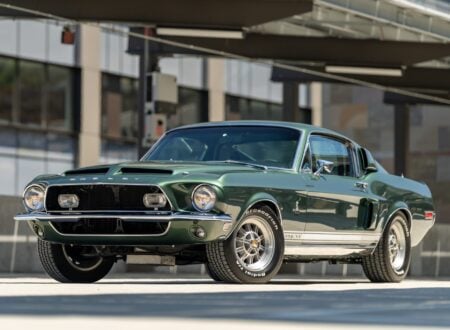This 1983 Land Rover Series 3 County Safari was restored to a high level by a previous owner, more recently it was owned by Jay Kay, the larger-than-life frontman of Jamiroquai, who is said to have used it at his holiday home for taking the kids to the beach.
This Series 3 is now finished in Masai Red with a Limestone Safari roof and Limestone steel wheels, it has an upgraded interior with improved seats, and it’s now being offered for sale with no reserve and a price guide of £20,000 – £25,000 or approximately $24,000 – $31,000 USD.
Fast Facts – The Land Rover Series 3
- The Land Rover Series 3 was introduced in 1971 as a successor to the Series II and IIa models. It was designed to address some of the shortcomings and feedback from the previous models while continuing to serve the needs of both military and civilian markets worldwide.
- One of the most significant changes in the Series 3 was the redesigned dashboard, which moved the instruments directly in front of the driver. This was more in line with other contemporary vehicles. The gearbox synchromesh was improved, with the Series III featured a fully synchromeshed gearbox as opposed to the partial synchromesh in the Series IIa (no syncro on 1st).
- The Series III was the most popular of the Series Land Rovers, with over 440,000 units being produced during its run from 1971 to 1985. Its versatility and ruggedness appealed to a broad customer base, from farmers, adventurers, and off-road enthusiasts to military forces.
- The Series III you see here is a short wheelbase County Safari model from 1983. It was restored by a previous owner with the engine, transmission, running gear, and body all refurbished. More recently it was owned by Jay Kay, a well-known car lover, and it’s now being offered for sale by Iconic Auctioneers.
The Land Rover Series 3
The Land Rover Series 3 made its debut in 1971, one could argue that a new Series vehicle was long overdue, with the earlier Series 2A having first appeared 10 years earlier in 1961 but if one phrase could sum up Land Rover’s corporate philosophy at the time it would be, “If it ain’t broke don’t fix it .”
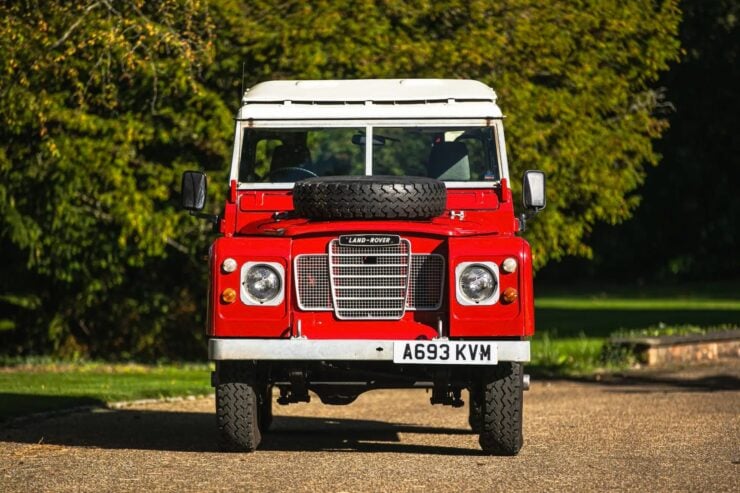

When the Series 3 was released it looked an awful lot like the Series 2A, though there were a few discrete changes that identify it as a new model: the new grille is plastic rather than metal, inside you would find a moulded plastic dashboard rather than the metal one of the earlier cars, and the instruments were now all positioned in front of the driver rather than over in the middle.
The Series 3 vehicles also had their headlights positioned out in the front wings rather than inset beside the grille, however this change had first been implemented on some later versions of the 2A, therefore it’s not a unique trait to the Series 3.
Two of the most important changes happened under the skin in the engine and drivetrain: The 2.25 liter petrol engines, the most common fitment, now had a compression ratio of 8:1 rather than the earlier 7:1 which helped slightly increase power. The 4-speed manual gearbox also now had synchromesh on all four gears rather than just on the top three as with earlier vehicles.
The key decision at Land Rover not to change the Series 3 too much over the Series 2A was borne out, in the short term at least. They would sell over 440,000 of them between 1971 and 1985, making it the most prolific of all Series Land Rovers. It would also provide the starting point for the Land Rover Defender which made its debut in 1983, though the model was originally called the Land Rover Ninety or One Ten depending on the wheelbase.
Today the Series 3 remains the most common Series Land Rover, and depending on your location there are usually plenty of them for sale in various condition levels – from perfectly restored examples to project vehicles with the dreaded bulkhead and chassis rust issues.
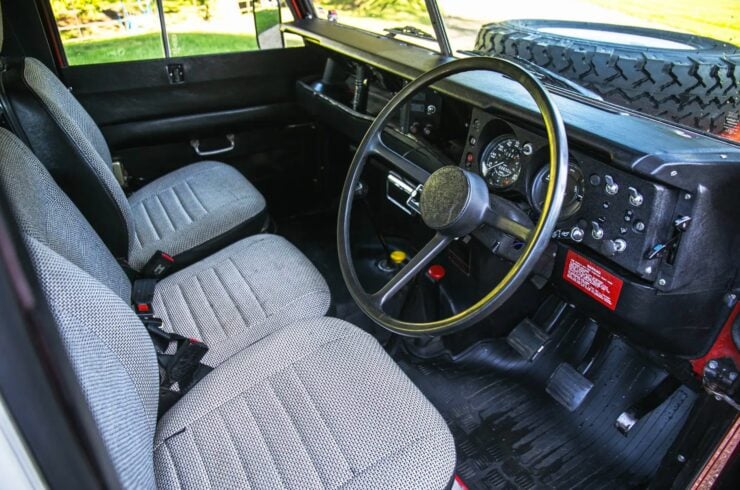

Given the slightly more powerful engine and improved gearbox a good argument could also be made that the the Series 3 is the best for use in modern traffic.
The Ex-Jay Kay Series 3 County Safari Shown Here
The vehicle you see here is a restored 1983 Land Rover Series 3 County Safari model that has benefitted from a full restoration. As mentioned in the introduction it caught the eye of Jay Kay, the singer and celebrated front man of Jamiroquai, who bought it and used it at his holiday home and for taking the kids to the beach.
The restoration included an engine rebuild, including a modified head to allow the unit to run on modern unleaded fuels. It was also fitted with a new carburetor, battery, and radiator. The transmission was also rebuilt, and the listing notes that the suspension, brakes, and all steering were also renewed.
The body of the vehicle was then stripped back to bare metal and repainted. The one of the rear wings was replaced, as was one of the door skins. The new paint is a fetching combination of Masai Red with a Limestone Safari roof and Limestone steel wheels, not a common choice for Series Land Rovers but perhaps it should be.
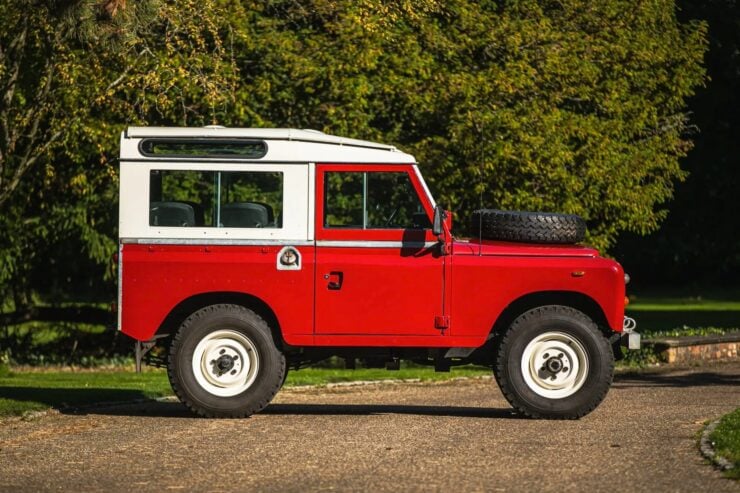

This Land Rover is now due to roll across the auction block with Iconic Auctioneers on the 11th of December with a price guide of £20,000 – £25,000 or approximately $24,000 – $31,000 USD.
It may exceed that upper limit as Land Rover prices have been on what seems like a never-ending upwards arc, and this vehicle’s celebrity provenance it going to mean it attracts plenty of attention.
If you’d like to read more about it or register to bid you can visit the listing here.
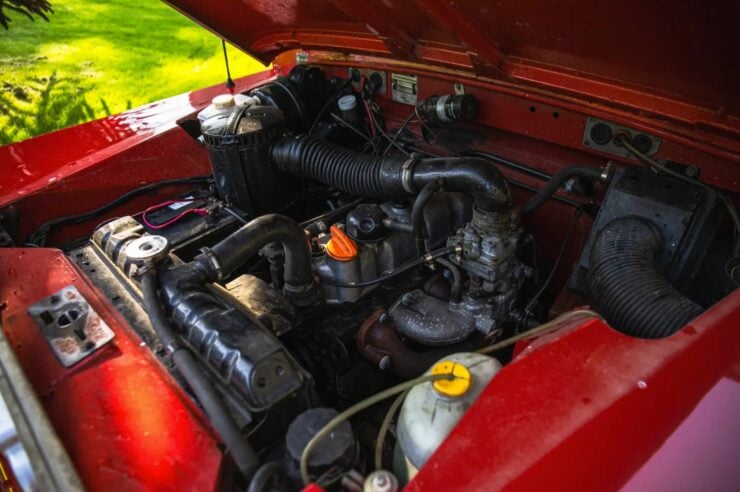
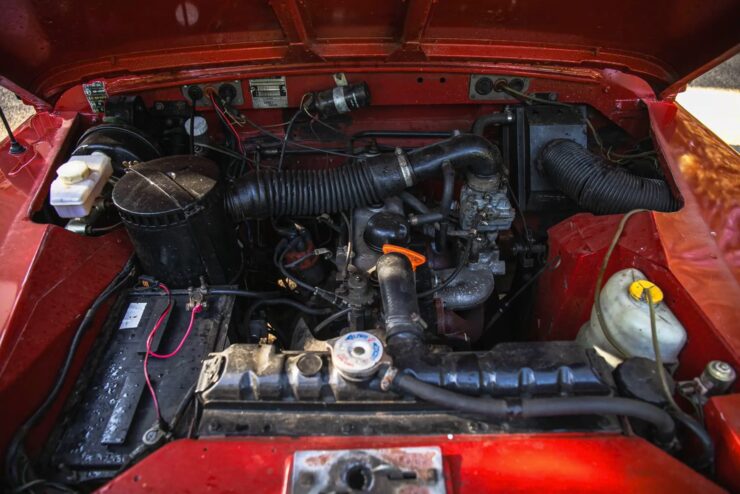
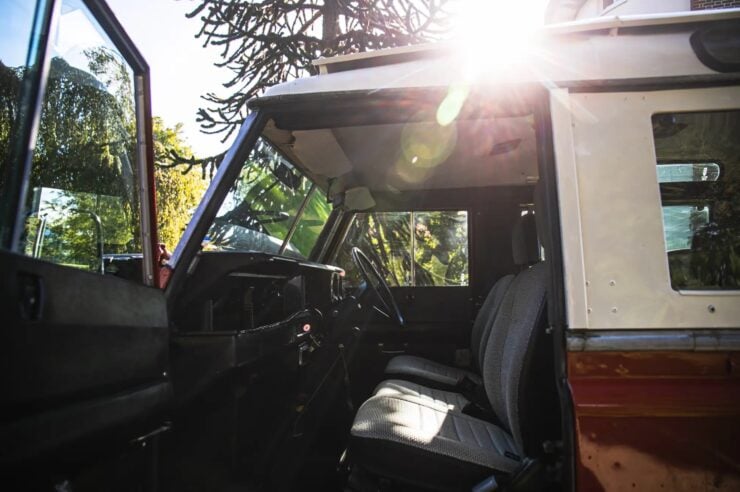
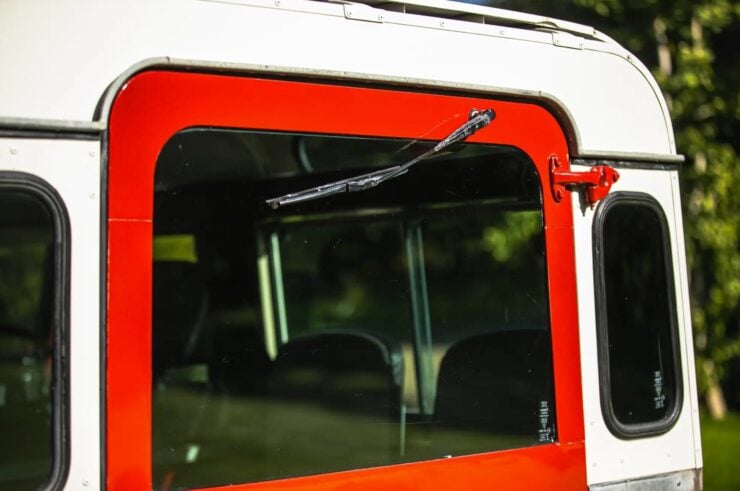
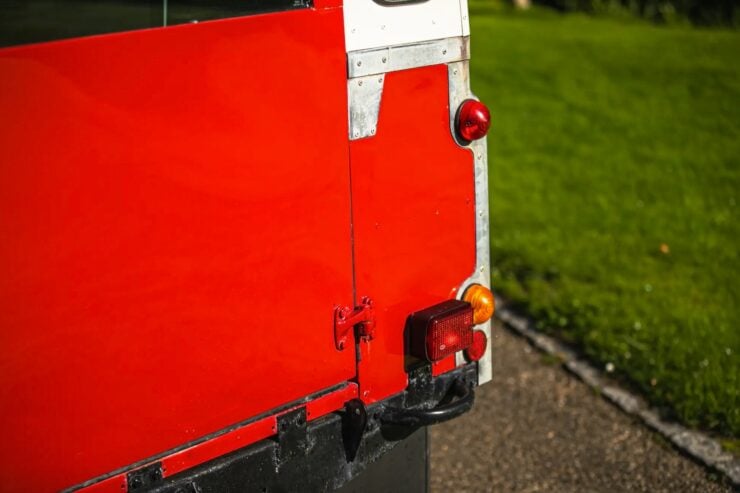
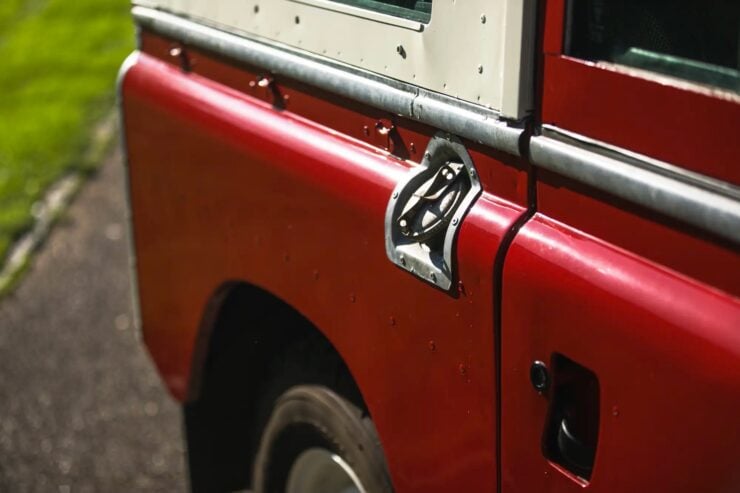
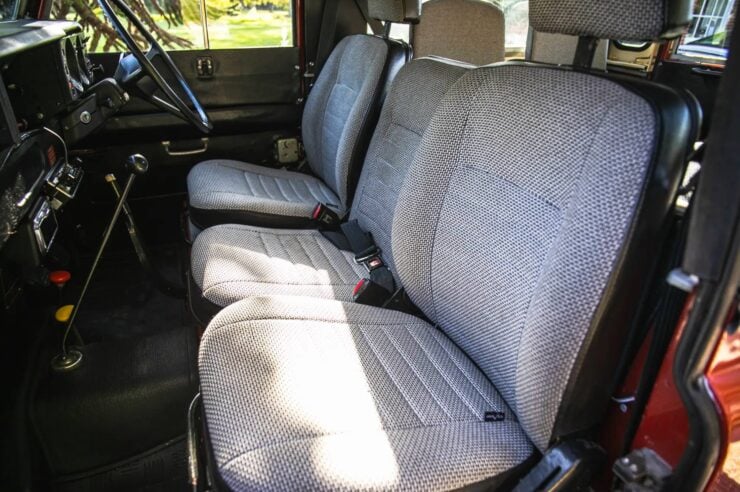
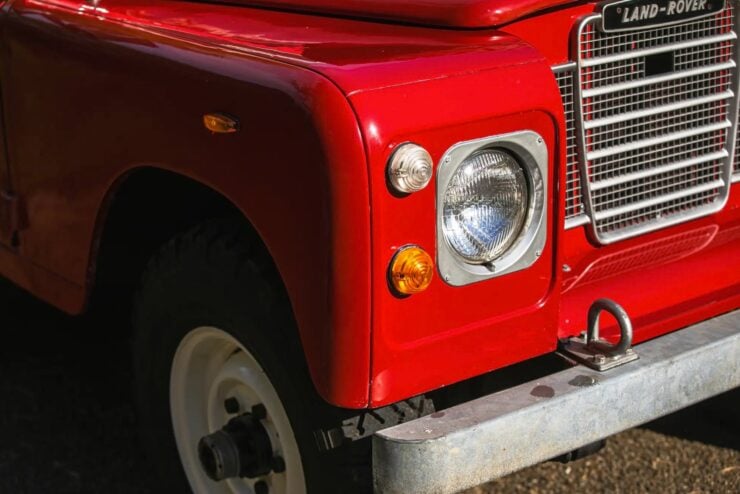
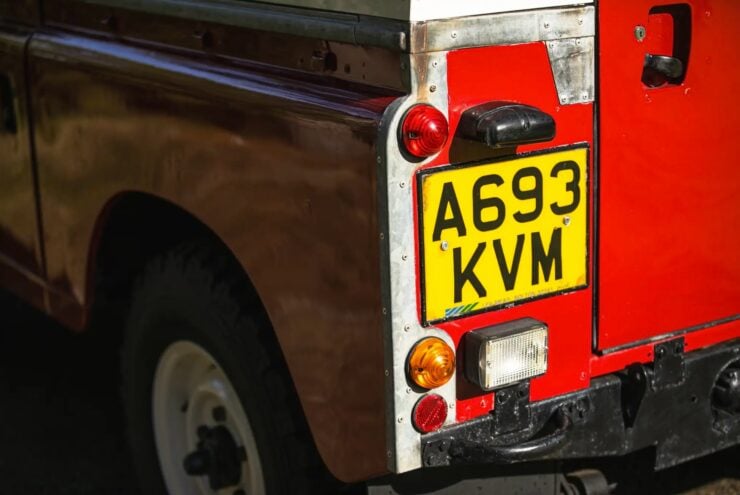
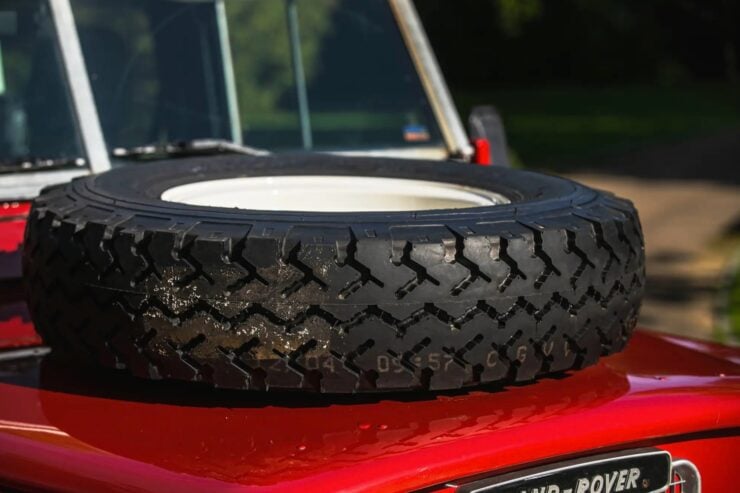
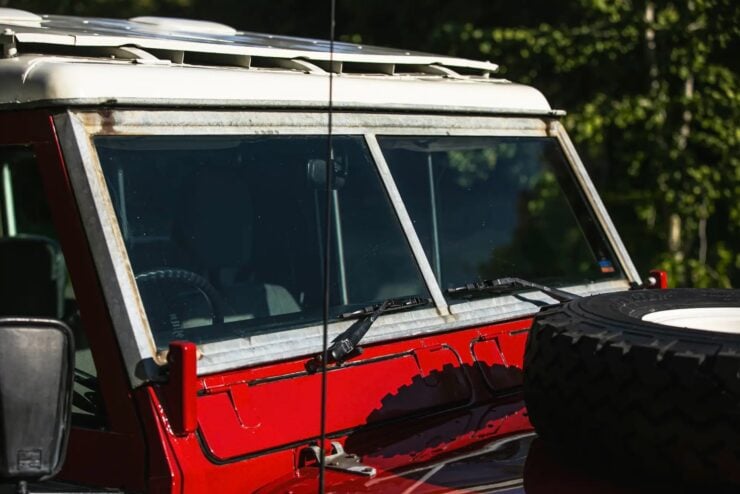
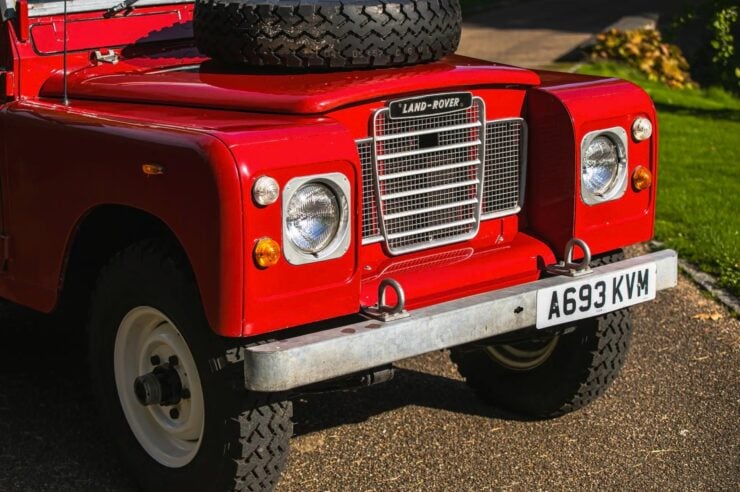
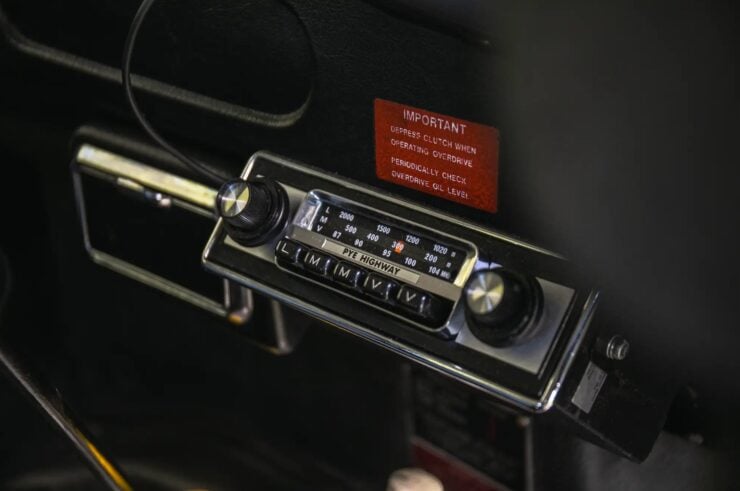
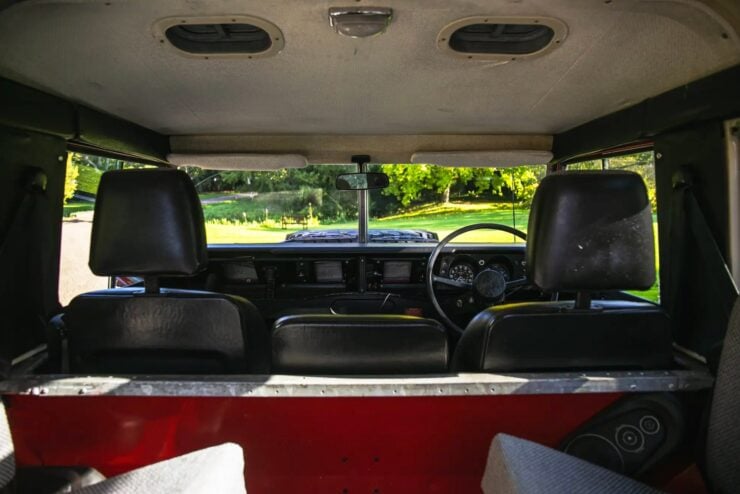
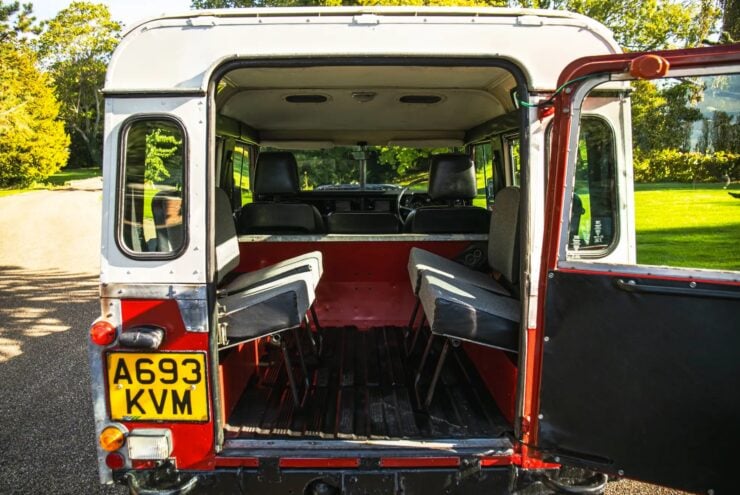
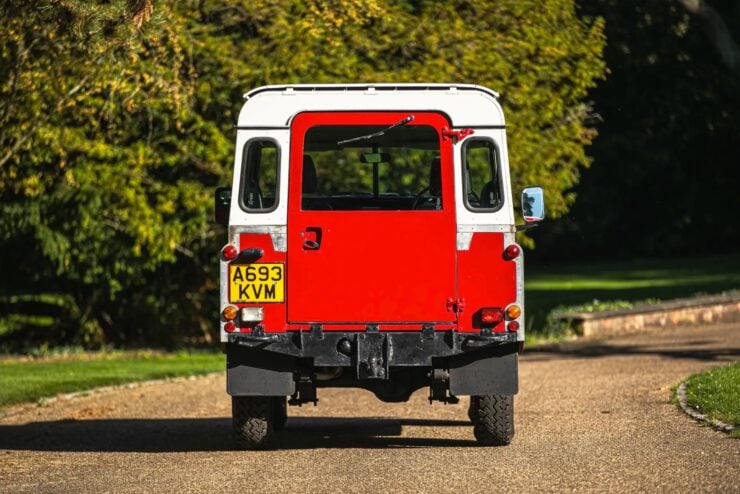
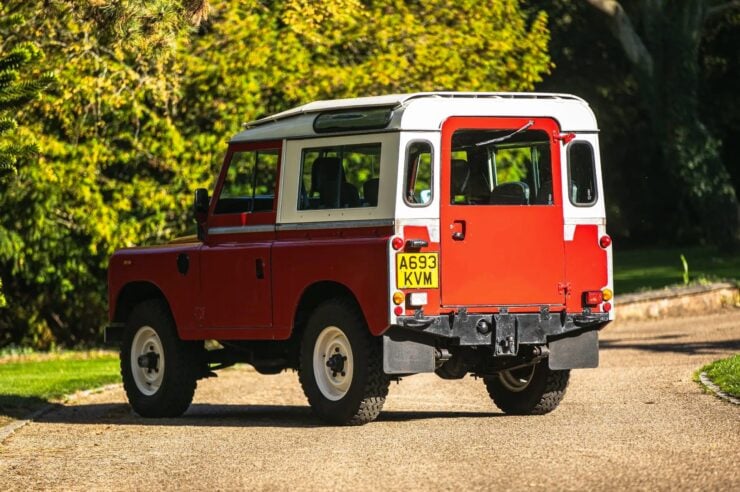
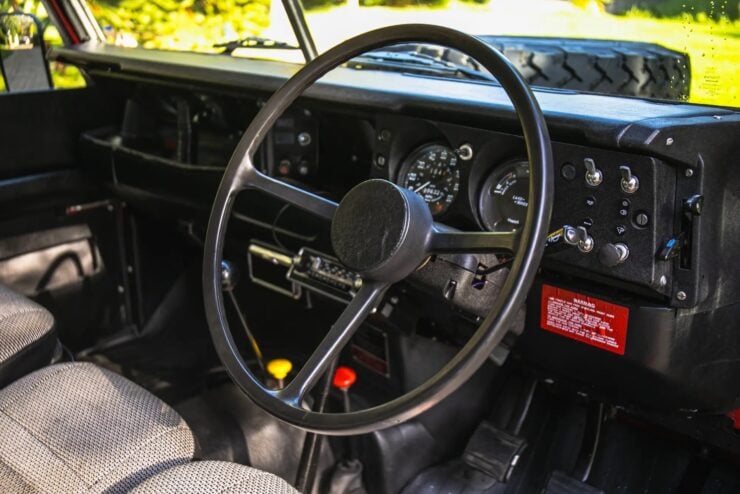
Images courtesy of Iconic Auctioneers

